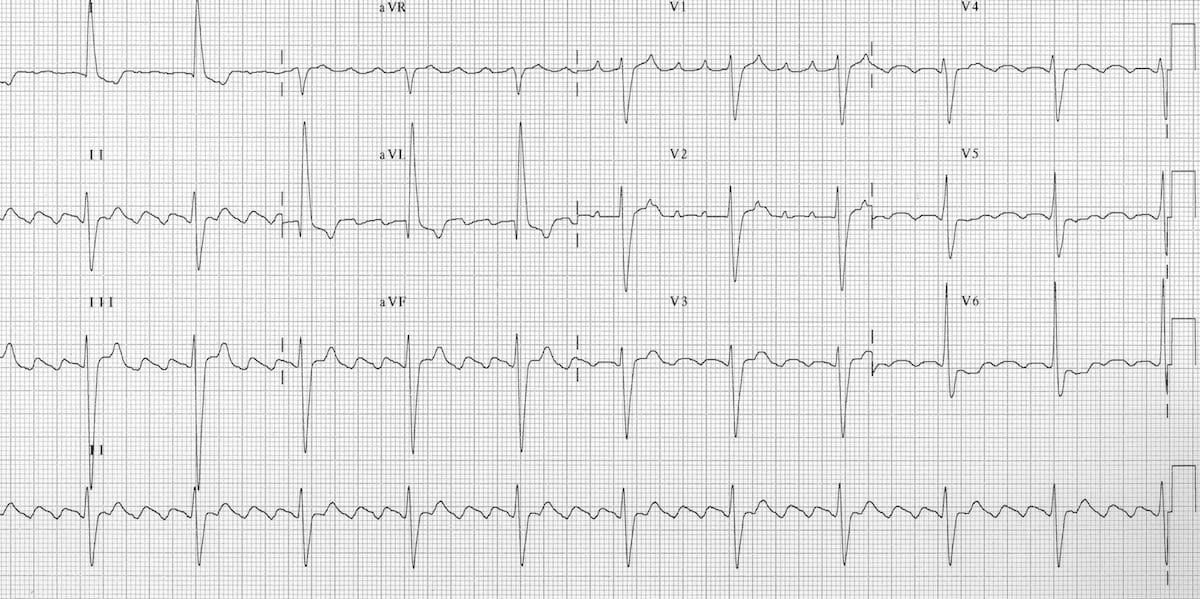

You’ll learn how to start using the Flutter SDK, and then you’ll see how to use Android Studio and Xcode to build and run Flutter apps. If you choose to use Visual Studio Code, follow the instructions on the official Flutter site at to get set up.Ĭhapter 1, “Setting up Your Environment”, explains more about Flutter history and architecture.
FLUTTER 3.3 2 INSTALL
You’ll still need to install Android Studio to have access to the Android SDK and an Android emulator. You have the option of using Visual Studio Code for your Flutter development environment instead of Android Studio. It also includes the Android SDK and the build system for running Flutter apps on Android.įlutter Plugin for Android Studio 60.1.2 or later, installed by going to Android Studio Preferences on macOS (or Settings on Windows/Linux) and choosing Plugins, then searching for “Flutter”. Check out Flutter’s channels for details.
FLUTTER 3.3 2 ARCHIVE
This is the IDE in which you’ll develop the sample code in this book. Flutter SDK archive Stay up to date Archive The Stable channel contains the most stable Flutter builds. Installing the Flutter SDK will also install the Dart SDK, which you need to compile the Dart code in your Flutter apps.Īndroid Studio 2020.3.1 or later, available at. You can download the Flutter SDK from the official Flutter site at. Cocoapods is a dependency manager Flutter uses to run code on iOS.įlutter SDK 3.3 or later. First, you need to make sure you have Git installed on your computer. Note: You also have the option of using Linux or Windows, but you won’t be able to install Xcode or build apps for iOS on those platforms.Ĭocoapods 1.10.2 or later. Flutter uses Git internally to manage its versions, channels, and upgrades. Xcode 12.5.1 requires a Mac running macOS Big Sur (11) or later. You can download the latest version of Xcode from Apple’s developer site here: or from the Mac App Store. Xcode is iOS’s main development tool, so you need it to build your Flutter app for iOS. To follow along with this book, you’ll need the following:


3.9 Challenge 1: Downvoting, Unvoting, Favoriting and Unfavoriting.Managing State With Cubits & the Bloc Library 2.9 Supporting Different Fetch Policies.1.5 Propagating the Configurations to the Following Chapters.Real-World Flutter by Tutorials Section 1: 16 chapters Show chapters Hide chapters


 0 kommentar(er)
0 kommentar(er)
